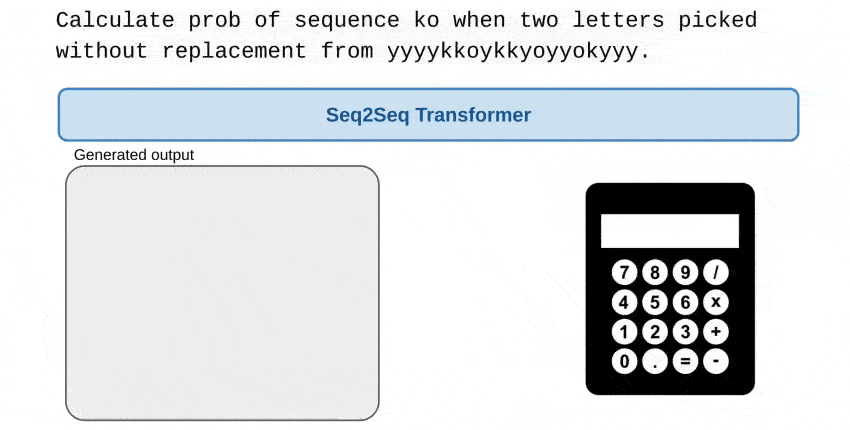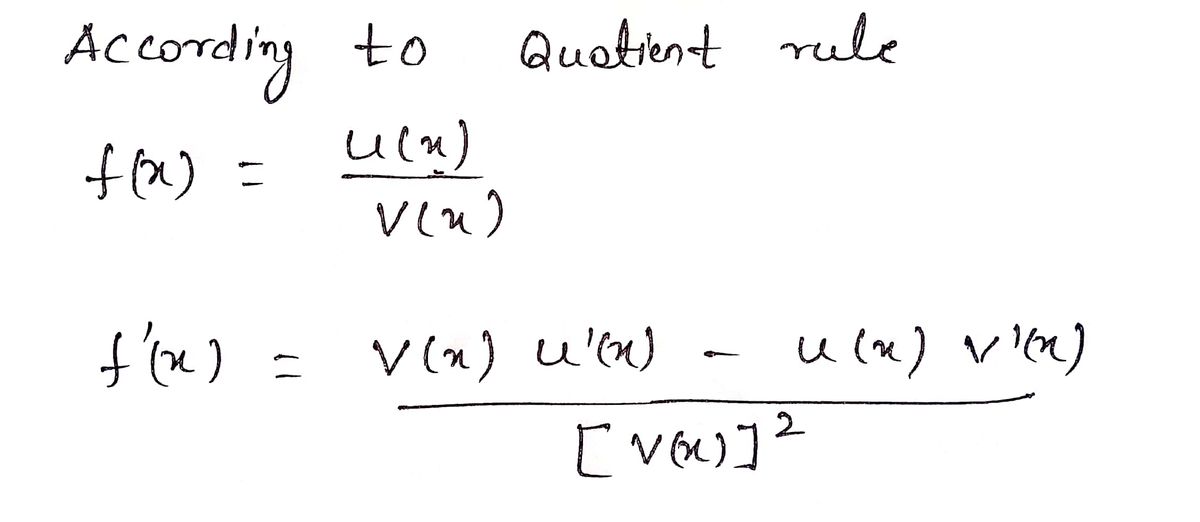
So the result must also be given to three significant figures: 4.32̲1 * 3.1̲4 = 13.̲56974 = 13.̲6. For example, when performing the operation 4.321 * 3.14, the value with the least significant figures ( 3) is 3.14. The position of the last significant number is indicated by underlining it.įor multiplication and division operations, the result should have no more significant figures than the number in the operation with the least number of significant figures. For example, when performing the operation 128.1 + 1.72 + 0.457, the value with the least number of decimal places ( 1) is 128.1. There are additional rules regarding the operations - addition, subtraction, multiplication, and division.įor addition and subtraction operations, the result should have no more decimal places than the number in the operation with the least precision. For example, if the sample size is 150, the log of 150 is approximately 2.18, so we use 2 significant figures. When dealing with estimation, the number of significant digits should be no more than the log base 10 of the sample size and rounding to the nearest integer. For a very small number such as 6.674 x 10⁻¹¹ the E notation representation is 6.674E-11 (or 6.674e-11). To enter scientific notation into the sig fig calculator, use E notation, which replaces x 10 with either a lower or upper case letter 'e'. What if a number is in scientific notation? In such cases the same rules apply.

We simply round the entire number to the nearest thousand, giving us 3,454,000. Suppose we want 3,453,528 to 4 significant figures.

Now we'll consider an example that is not a decimal. Next, we round 4562 to 2 digits, leaving us with 0.0046. The trailing zeros are placeholders, so we do not count them. Suppose we have the number 0.004562 and want 2 significant figures. Additionally, you can perform basic Bitwise operations such as AND, OR, Not, etc.Our significant figures calculator works in two modes - it performs arithmetic operations on multiple numbers (for example, 4.18 / 2.33) or simply rounds a number to your desired number of sig figs.įollowing the rules noted above, we can calculate sig figs by hand or by using the significant figures counter.

Its graphing capabilities to plot complex functions will genuinely amaze you if you haven't yet tried it. In this mode, you can enter a mathematical function and it will plot a graph for you. Graphing: Use this mode to draw graphs of functions.

In addition, you can perform trigonometric and algebraic calculations within this mode including all basic calculations offered in Standard mode. Scientific: In this mode, you can take the exponential of a number, take its modulus, and while performing these calculations, directly use terms like pie (π) and Euler's number(e).
#Non symbolic calculator windows
Standard: This is the default mode in the Windows calculator app that performs basic mathematical calculations like addition, subtraction, multiplication, power, division, and more.The default Windows calculator has four different modes: Standard, Scientific, Graphing, and Programmer. Before you begin looking at third-party calculator apps, you should take a look at the default Windows calculator app that comes built-in with the operating system.


 0 kommentar(er)
0 kommentar(er)
